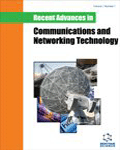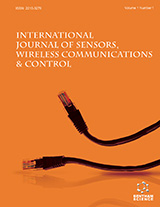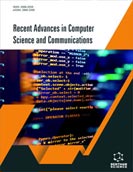Abstract
HIFs can remain masked and undetected by classical ground and current based relays for long periods of time, causing high risk of injury to surrounding wildlife and personnel. One of the hardest and complex problems facing nowadays is the detection of high impedance faults on electrical distribution systems. This paper presents a classification and detection relaying scheme for fast accurate detection and identification of linear and nonlinear arc type high impedance (HIF) faults on a meshed distribution system. The proposed method uses the Fast Fourier Transform and examines the properties of the auto and cross spectra of the lower order dominant harmonics to differentiate between several fault types. This is particularly necessary in the case of high impedance HIF-fault detection. The proposed smart relay is simulated and validated at different fault locations along the distribution feeder to ensure a robust and correct identification of linear and arc type nonlinear faults. Fault models are built for five common fault types. The low order transients are examined for each different fault type and a smart relay is designed which is capable to classify each of the different faults. The simulation results show that the proposed arc type detection relay is capable of successfully classifying each of the five different distinct possible faults at any feeder fault location and even in the presence of different source phase shift on the distribution meshed network.
Keywords: Arc type faults, fast fourier transform, grid systems, high impedance faults-HIF, meshed distribution system, smart relays.
 10
10











